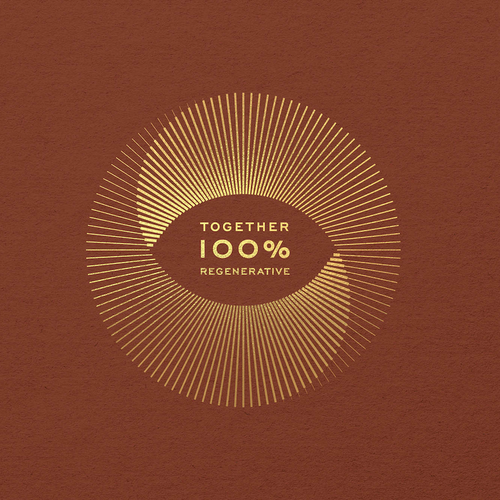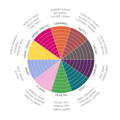
Because you’re curious and conscious about the complex world of taste; because you, like us, believe memory is infused with rare tastes and flavours, come along with us and indulge in this tasting experience.
Let’s say chocolate is like a lover whose heart we wish to discover. The more we know, the more we want to know. There are more than 600 flavours in good chocolate (of course!) and you cannot always tell what is amiss with chocolate when it doesn’t taste quite right. It could be over roasting, or under roasting, or so many other things. What you know for certain is that good chocolate makes you smile. It portrays different layers of pleasant flavours and a long aftertaste. It’s not sour and not astringent; it’s not dry but it’s not too buttery either; not too fatty or too sweet.
We think eating good chocolate should feel like traveling across the rainbow. From a single beginning to a single endpoint, with all the aroma spectrum of this chocolate opening along the way. Chocolate isn’t bound by borders and national styles, like, for example, “Belgian chocolate¨ doesn't mean much. Beans come from across the globe and every chocolate maker has her own style. It’s best to get to know and experience chocolate with an open mind. Let it be approached with curiosity and mindfulness. Taste it in silence, preferably without music or telephones. As with a lover, chocolate doesn’t like disruptions. Close your eyes and let it happen.
Later, when you want to reflect on your experience and understand, we offer you the Original Beans Flavour Wheel. It’s like a map: it isn’t the journey, only the route. If you get lost, you can always find your way back.






